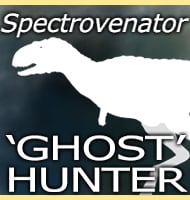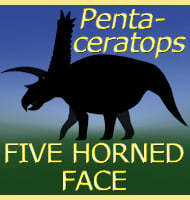Eobrontosaurus
In Depth Eobrontosaurus was initially described as a new species of Apatosaurus called A. yahnahpin by James Filla and Patrick Redman in 1994. However when the material was re-examined by Robert Bakker in 1998 he found that it represented a similar but more primitive sauropod dinosaur to Apatosaurus. The second species of Apatosaurus, A. excelsus, … Read more

